-
×

-
×

-
×

-
×
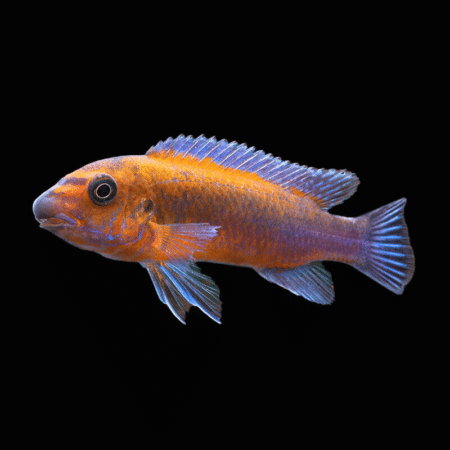
-
×

Subtotal: £63.88

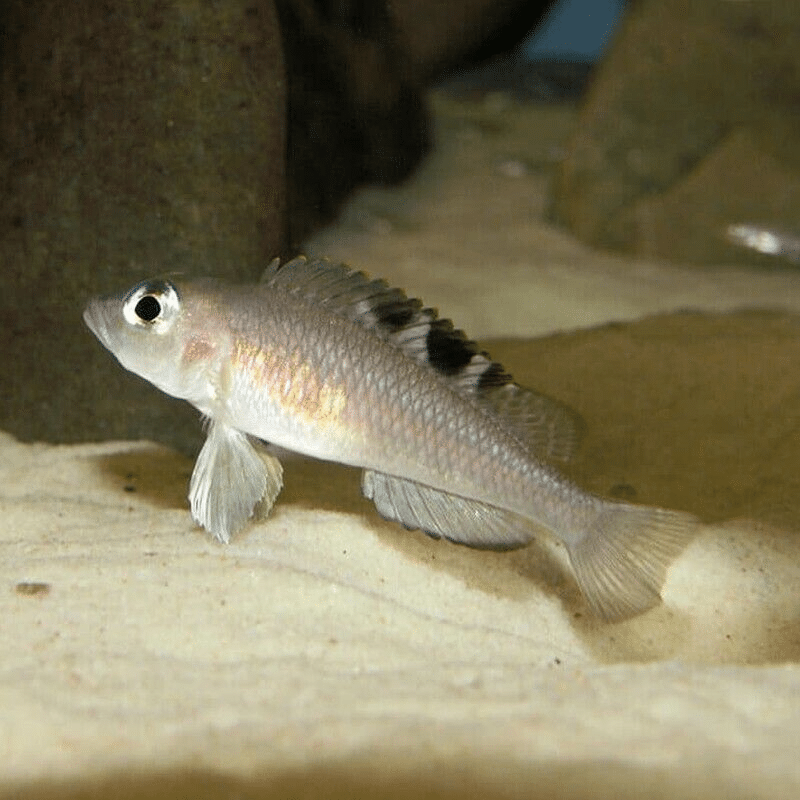
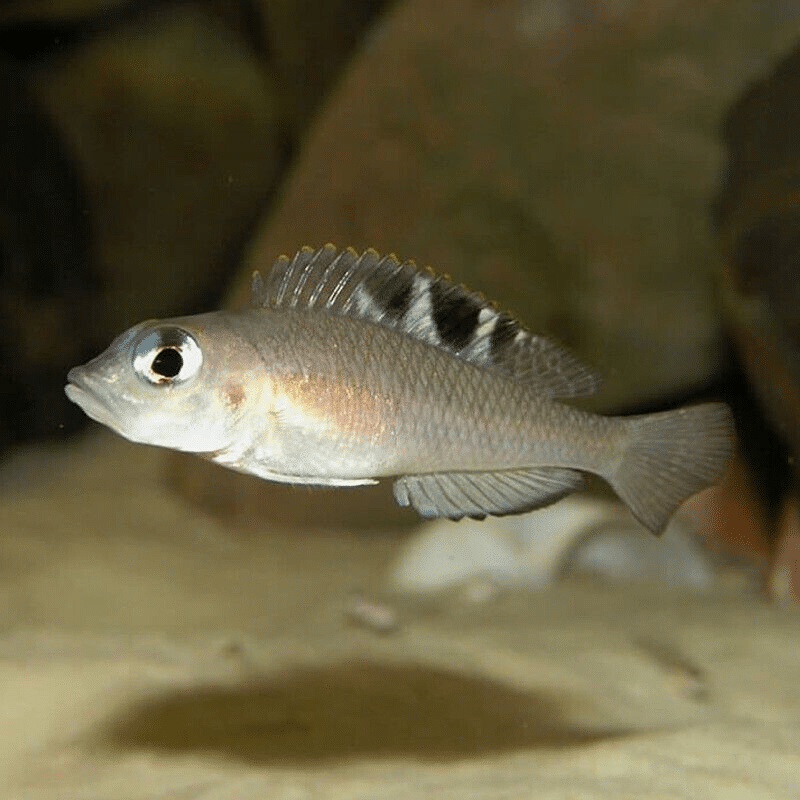


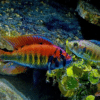
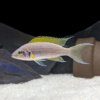









Emily Carter (verified owner) –
I recently added the Ocellated Shell-Dweller (Lamprologus Kungweensis) to my aquarium, and I couldn’t be more thrilled! After weeks of research, I decided on this fish to complement my Lake Tanganyika Cichlid setup, and it has exceeded all my expectations. These little guys are not only beautiful, but they also have such a charming personality. Watching them interact with the shells and explore their environment has brought a whole new life to my tank.
In terms of aquarium maintenance, the Ocellated Shell-Dweller is relatively easy to care for, making it perfect for both beginners and seasoned enthusiasts. Just ensure you provide plenty of hiding spots with shells, as they love to retreat and feel safe. I noticed a significant improvement in the overall happiness of my tank within just two weeks—these fish thrive in well-maintained environments.
One minor concern was their initial shyness; it took a few days for them to acclimate fully. However, patience pays off! If you’re looking for a delightful addition to your aquatic family, I highly recommend the Ocellated Shell-Dweller. They are best suited for a peaceful community tank and will surely bring joy to any fish keeper!